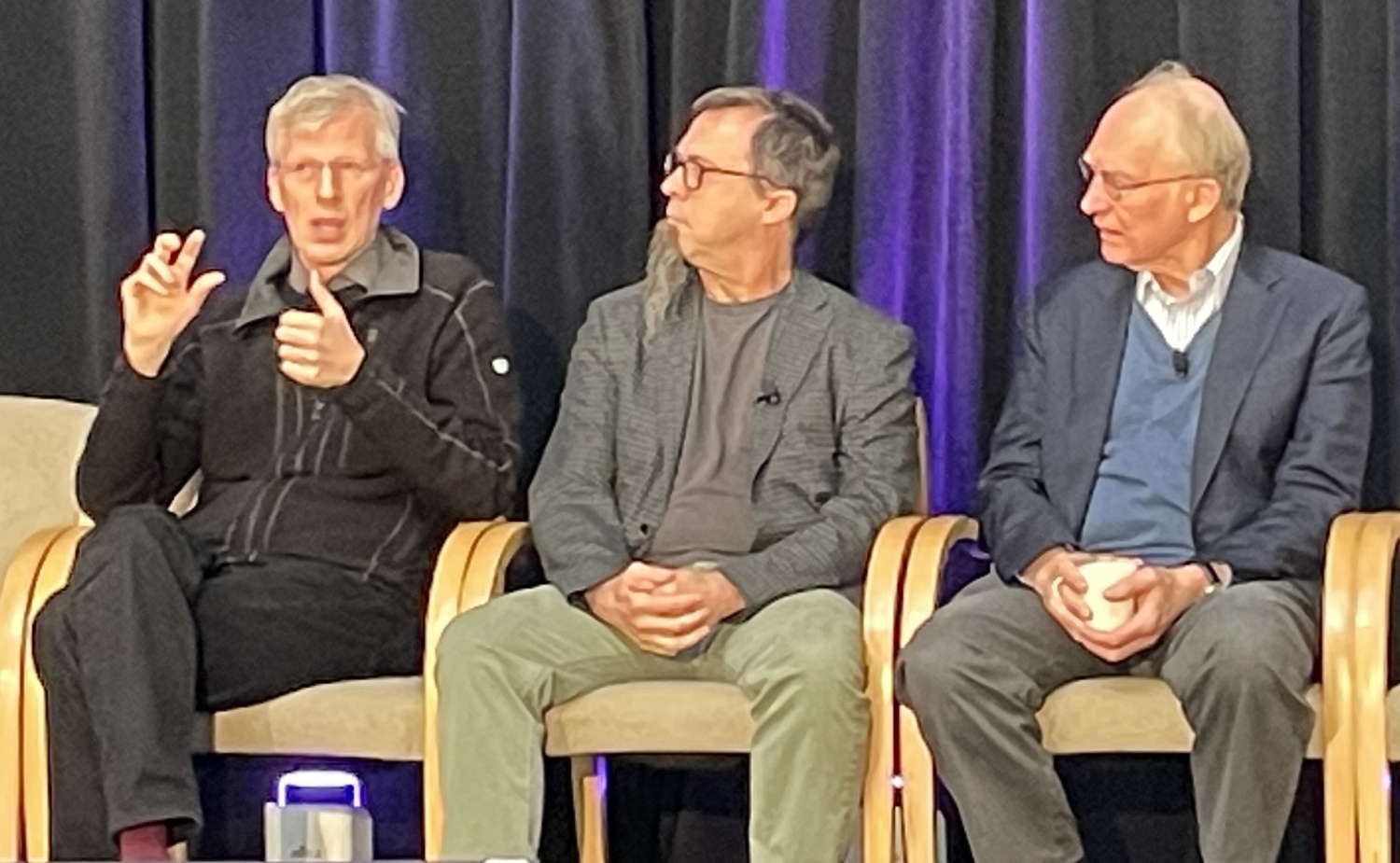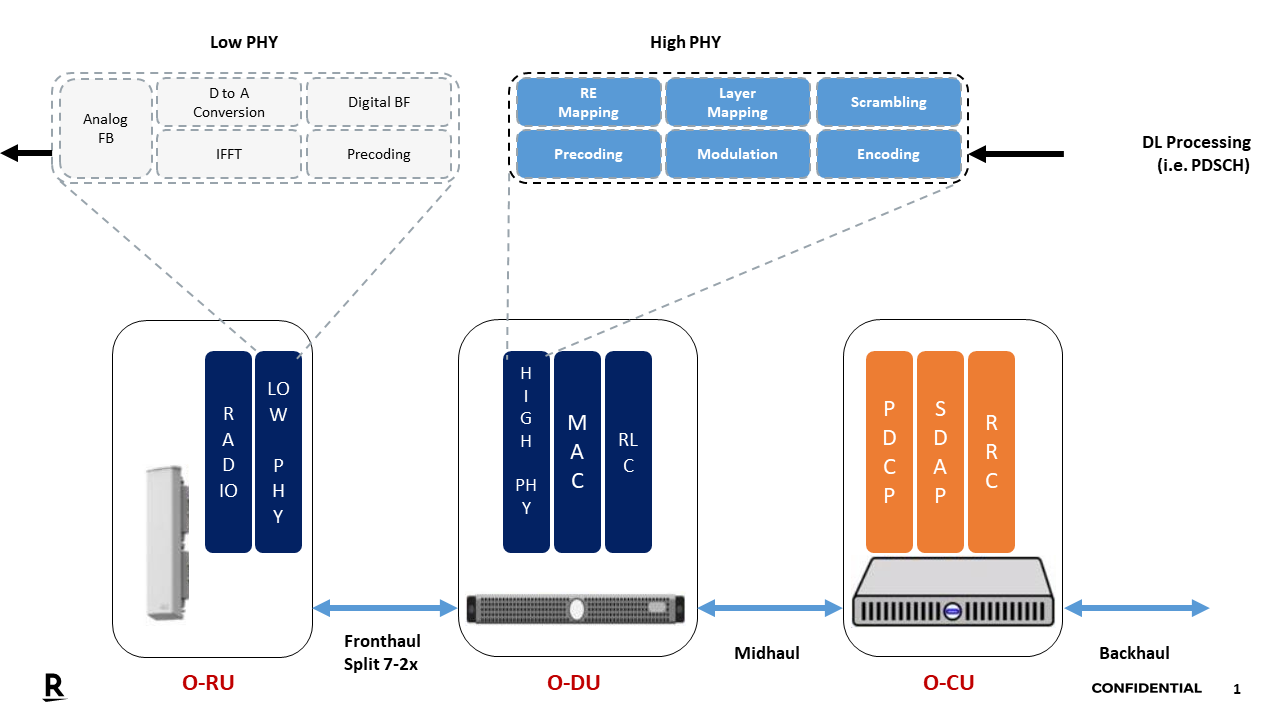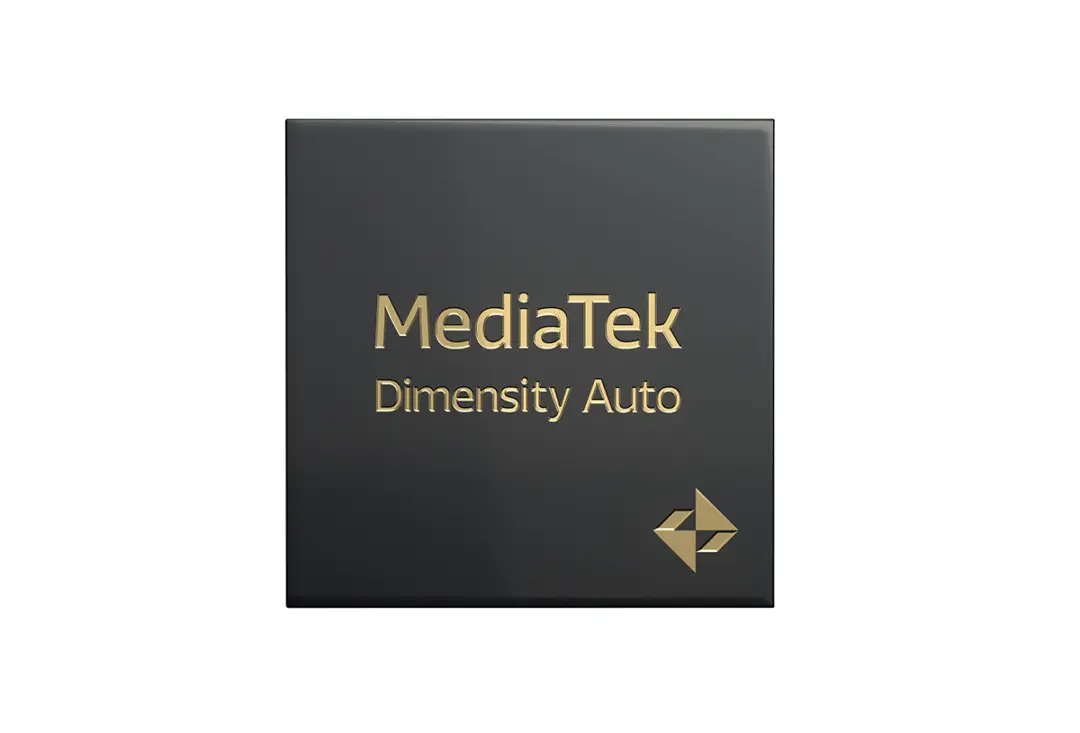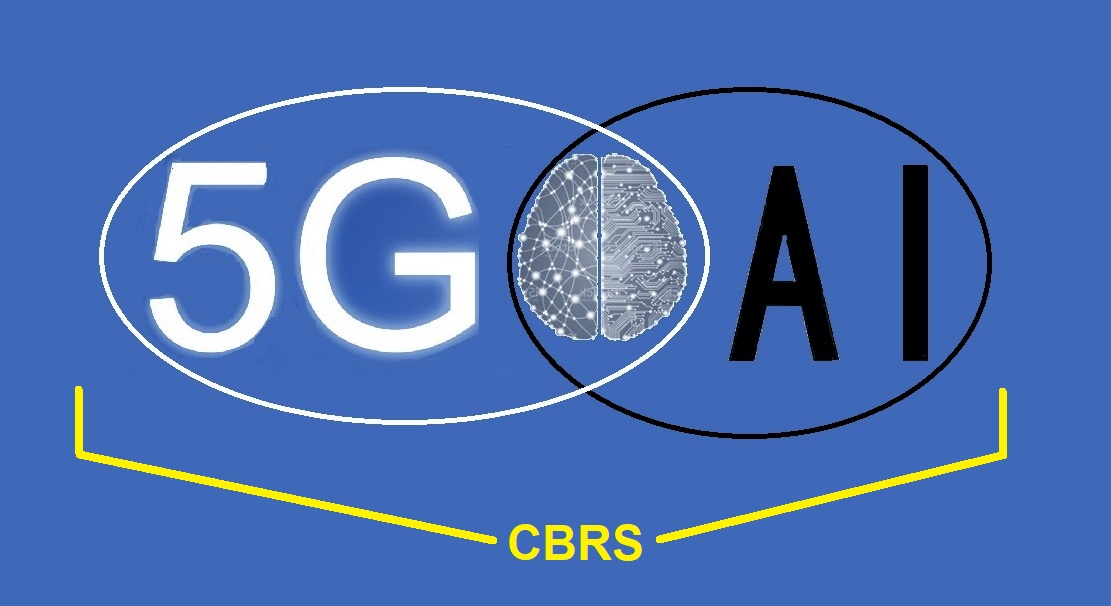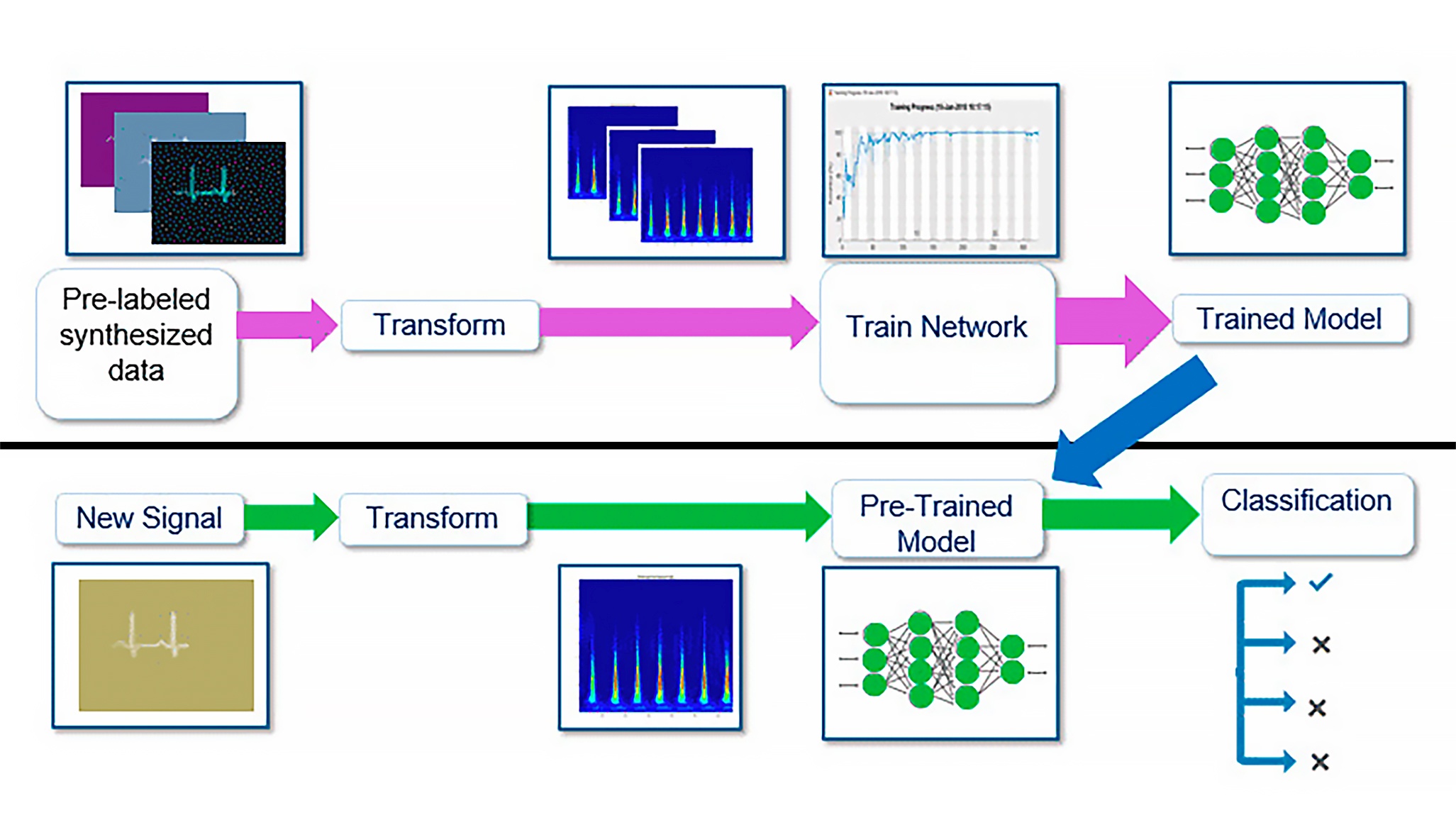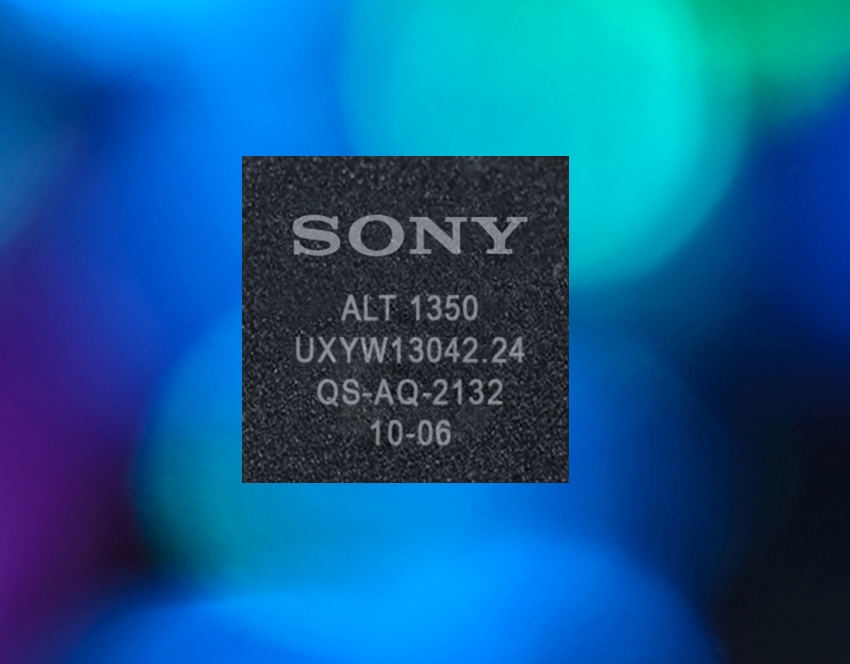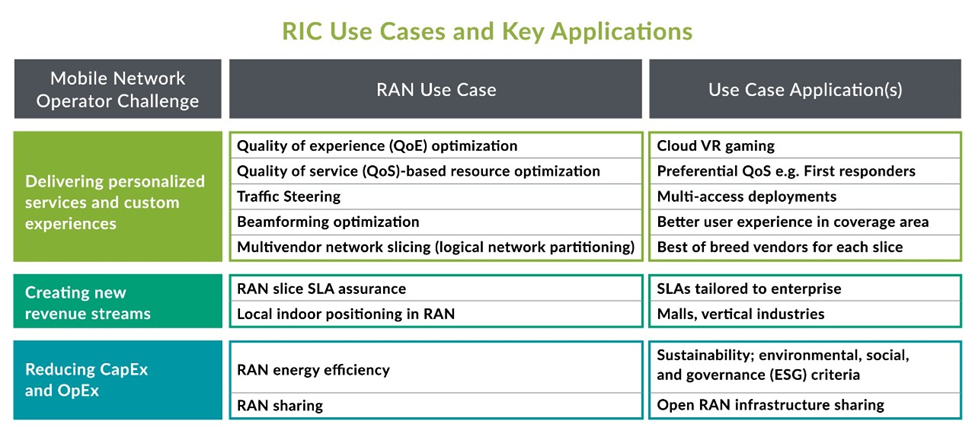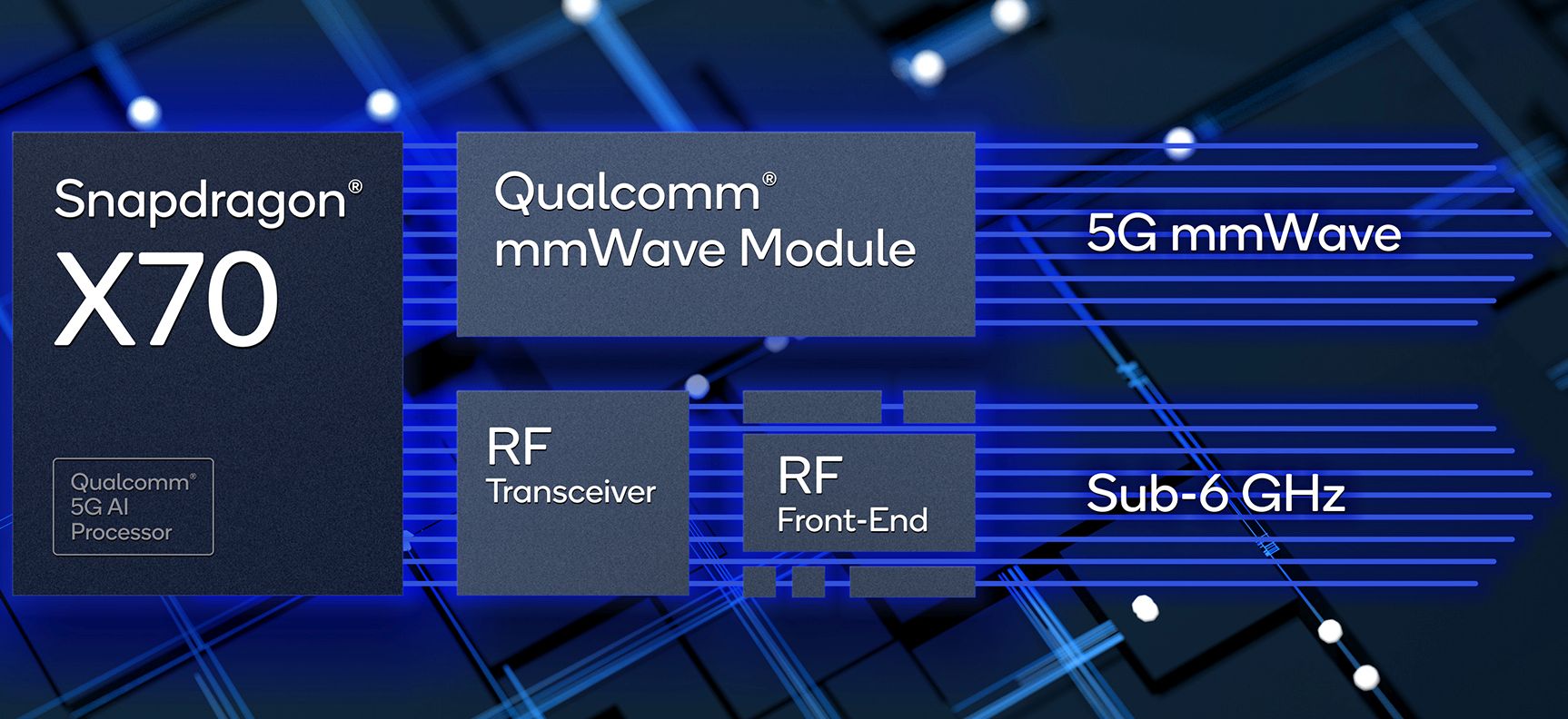The 6G Symposium took place on October 18 and 19, 2023, in Washington, DC. This year, the talk was more about use cases, with less talk about sustainability than in the past. One week before the symposium, I heard two contrasting views on 5G given at a virtual conference. In the morning, Chris Pearson of…
Why O-RAN sync monitoring needs AI/ML
As Open RAN deployments gather pace and accurate timing, synchronization has emerged as a critical step toward consistent performance. It is a complex task, with devices requiring time synchronization to UTC reference via IEEE PTP/SyncE-based boundary clocks, slave clocks, PRTC clocks with GNSS receivers, as well as accurate, real-time monitoring in support of customer SLAs.…
Modem, AI processor connects vehicles over 5G, Wi-Fi, Bluetooth
MediaTek introduced Dimensity Auto, its next-generation automotive platform designed to provide automakers with a wide variety of cutting-edge technologies needed for the future of intelligent, always-connected vehicles. As part of this platform, MediaTek Dimensity Auto offers a comprehensive portfolio that includes Dimensity Auto Cockpit, Dimensity Auto Connect, Dimensity Auto Drive, and Dimensity Auto Components. Building…
Agreement targets 3.2 Tb/sec co-packaged optical module or cable
OIF continues to promote collaboration and coordination among different players in the supply chain and drive efforts to foster a co-packaging ecosystem to support innovative applications. An industry-first, the OIF-Co-Packaging-3.2T-Module-01.0 – Implementation Agreement for a 3.2Tb/s Co-Packaged (CPO) Module defines a 3.2T co-packaged module that targets Ethernet switching applications utilizing 100G electrical lanes and provides backward compatibility…
Rohde & Schwarz, NVIDIA to demonstrate AI/ML signal processing at MWC 2023
The demonstration uses hardware-in-the-loop and compares a wireless receiver’s signal processing to traditional methods.
AI and 5G come together in private networks
Operating in the unlicensed CBRS band, AI and 5G operate at the physical layer to bring processing power to factories and other use cases. In a video interview, EE World hears from EdgeQ’s Adil Kidwai on how the technologies come together.
How AI spurs efficient wireless systems design
AI techniques can overcome nonlinear problems by extracting patterns automatically and efficiently.
IoT cellular SoC cuts power, provides 5G and satellite connectivity
The ALT1350 from Sony Semiconductor Israel also provides LPWA and 2.4 GHz connectivity and LTE-M/NB-IoT protocols.
Network automation takes the work out of upgrades
X70 modem adds AI to optimize device performance
Qualcomm’s Snapdragon X70 modem uses AI to optimize mobile device performance and minimize energy consumption.

